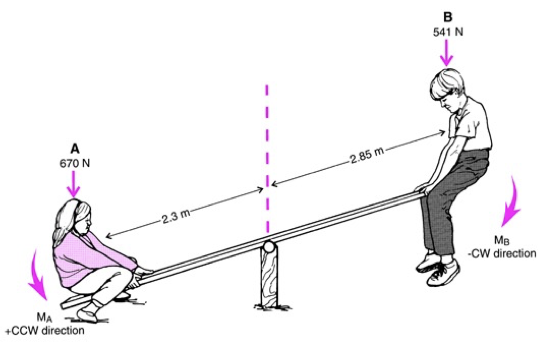12.1 - levers
1/18
There's no tags or description
Looks like no tags are added yet.
Name | Mastery | Learn | Test | Matching | Spaced |
|---|
No study sessions yet.
19 Terms
lever
a mechanism for doing work that consists of a rigid bar like structure, a fulcrum, and two forces
characteristics of a lever
fulcrum (pivot point)
resistance force (weight of arm/hand)
effort force (muscular force) - ex. triceps
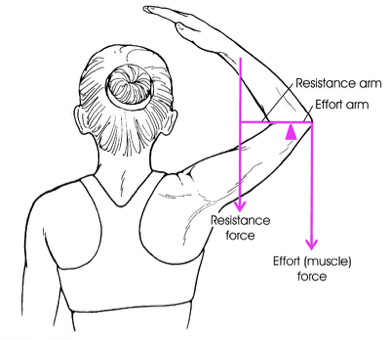
fulcrum (pivot point)
the axis of rotation of a lever
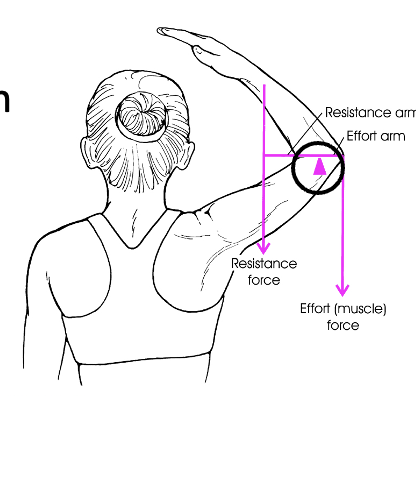
effort force
force applied to a lever, causing movement of the lever
aka. muscle force
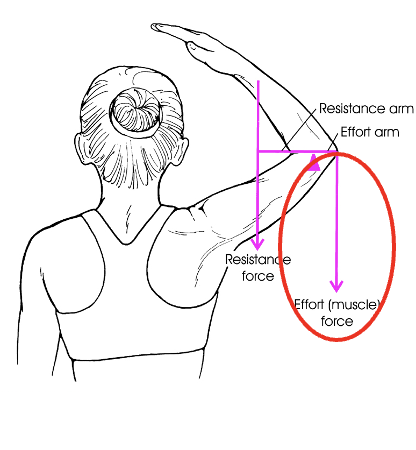
effort arm
the perpendicular distance of the line of action of an effort force to the axis of rotation
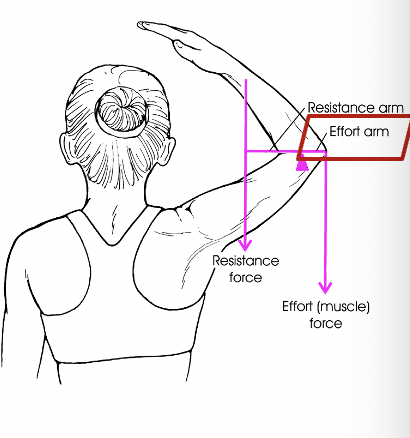
resistance force
a force that resists the effort force in a lever
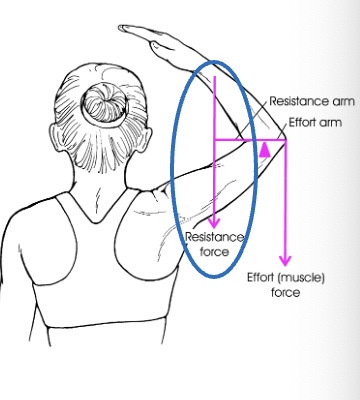
resistance arm
the perpendicular distance of the line of action of a resistance force to the axis of rotation
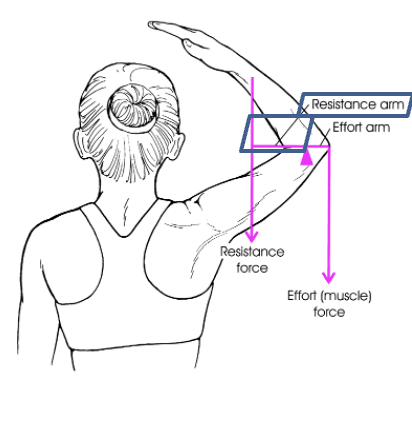
first class lever
EFR
fulcrum in middle
ex.: head moving backwards
Effort force: back of head muscles
arm: perp. to spine (b/c force is down)
if you relax these muscles, head will rotate forward (wherre resistance force pulls it)
Fulcrum: atlantooccipital joint
Resistance force: weight of head
arm: perp. to spin (b/c force is down)
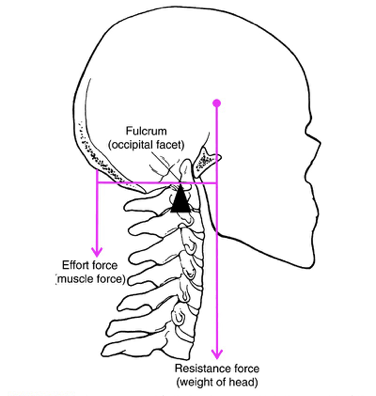
second class lever
resistance in middle
FRE
ex.: man holding a wheel barrow
Fulcrum: wheel
resistance force: wheel barrow
Res. arm: just from fulcrum to res. force (barrow)
effort force: muscular force of body pulling it up (res. pulling it down)
effort arm: from fulcrum to effort force)
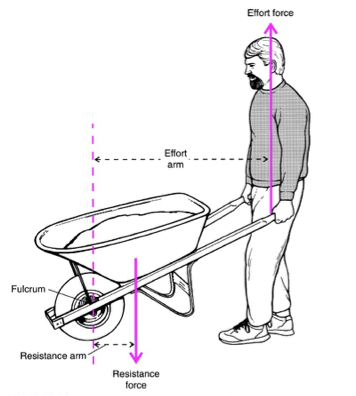
calf/heel raises second class lever example
ERF/FRE
Effort: Gastrocnemius/tibialis - insert in heel
up
Resistance: down, bdyweight through tibia
Fulcrum: Heel
third class lever
FER - most common
majority of musculoskelteal systems are first class levers
these favor speed and range of movement
thrid class example - elbow flexion
fulcrum: back of elbow
effort force: biceps up
resistance force: lower arm down
what characteristic is the joint when talking about muscles
the fulcrum
ex.: shoulder abducted - holding at side
fulcrum: shoulder joint
effort: deltoid: inserts on humerus - lateral to fulcrum
resistance: weight of arm (around the elbow joint)
tunk fulcrums
in between each vertebrae
ex.: leg crunches
first class - because legs are the resistance and the abdomen is the effort
statistical analysiss
a mechanical analysiss in which teh forces acting on the system are balanced - hence the system is not accelerating
the system is either stationary or moving at a constant velocity
known as static equilibrium
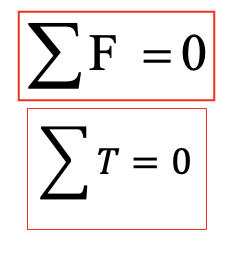
2 conditions of static equilibrium
sum of forces is 0
sum of torque is 0
static equillibrium teeter totter
sum of girls forces minus sum of boy’s
if 0, then it will stay still
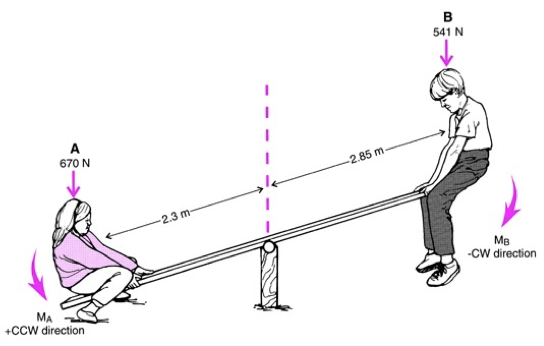
how to have boy pull the girl down
shorten the girls resistance arm or lengthen the boy’s.
takes more force when closer to the pivot point
